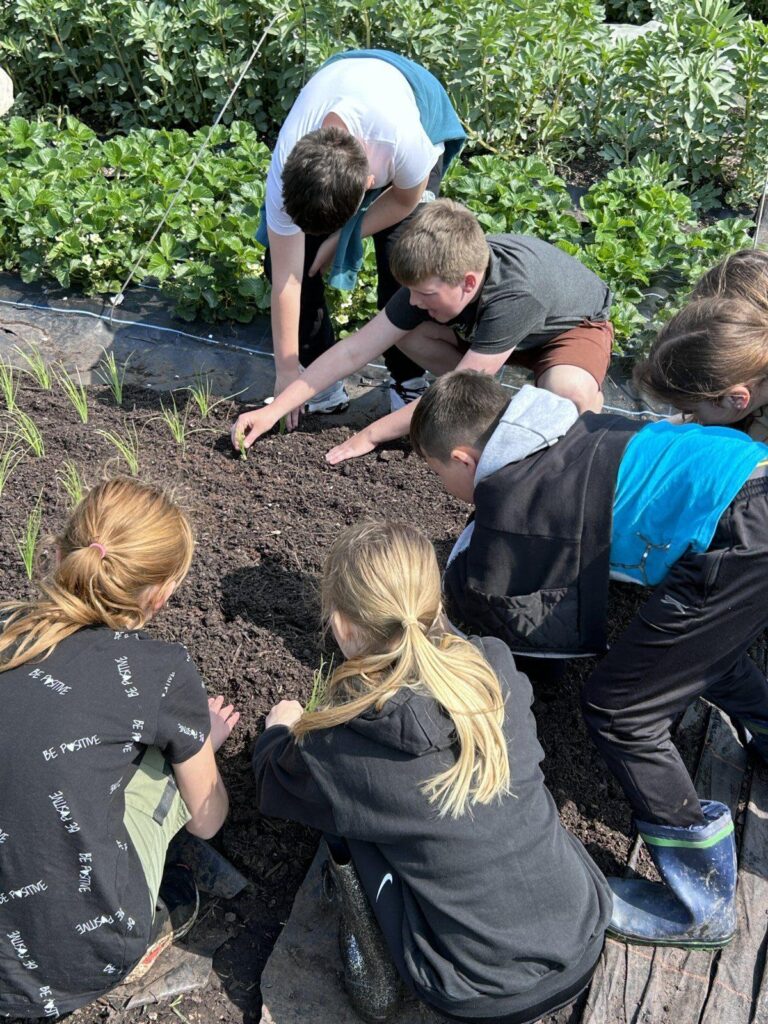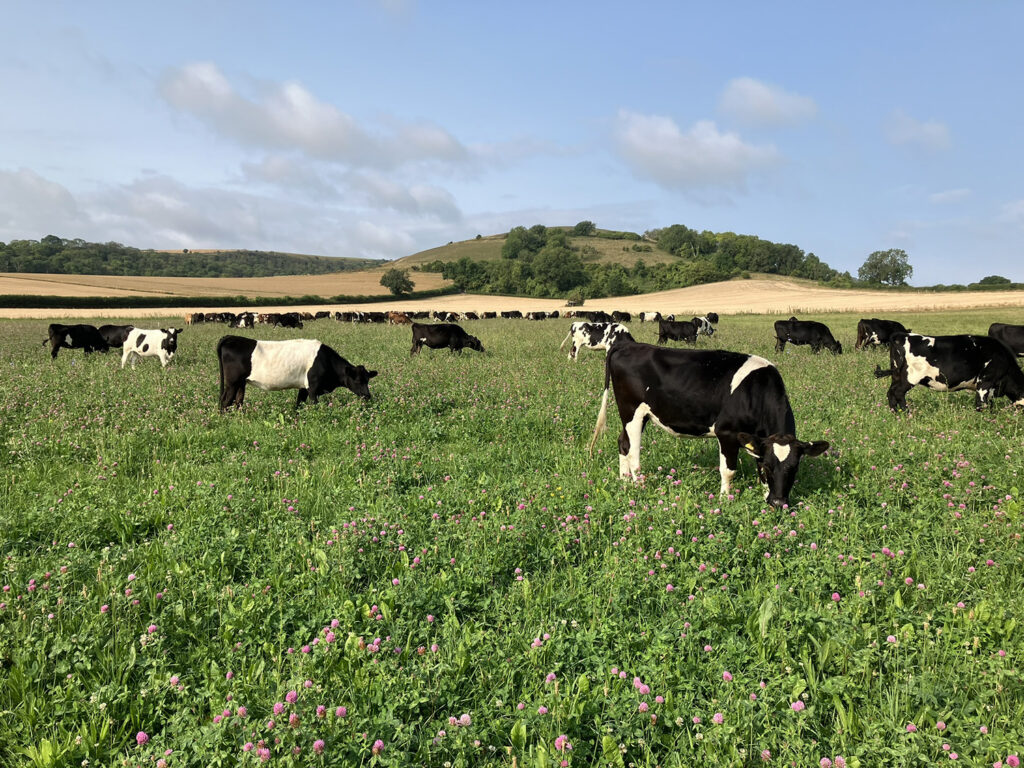The FiPL programme in Cranborne Chase National Landscape has supported farmers and land managers to deliver over 189 projects to date, investing in biodiversity through the farming community. There has been an impressive variety of projects funded in the National Landscape, with a selection of success stories celebrated on this page.
See examples and gain inspiration from past projects in the National Landscape which have achieved the programme’s aims to support at least one of the following:
- Nature recovery
- Mitigate the impacts of climate change
- Provide opportunities for people to discover, enjoy and understand the landscape and cultural heritage
- Support nature-friendly, sustainable farm businesses
Bringing the Great Bustard Back to Cranborne Chase
Farming in Protected Landscapes is helping to support the Great Bustard Group in its mission to conserve this vulnerable bird in the wild. We discovered first-hand how the purchase of a thermal imaging drone has helped to protect nesting birds.
Synonymous with Wiltshire (it features on the County’s Coat of Arms), the Great Bustard became extinct in the UK during the 1830s after the bird’s glorious form became attractive to hunters and its delicate natural habitat was destroyed by changes to farming. Now identified as ‘at risk of extinction’ globally, there are an estimated fewer than 35,000 left in the wild.
Farming in Protected Landscapes has helped the Great Bustard Group achieve its mission of a self-sustainable population through the purchase of a thermal imaging drone. Operated by the Group, the drone identifies possible nesting birds in crops prior to silage cutting, an approach which has proven much less labour-intensive and more successful than field walking.
The Great Bustard population continues to grow and expand into Cranborne Chase National Landscape.
Thanks to the Great Bustard Group and Shooting Reels for the production of this film.
Supporting Cranborne Chase Farmer Cluster
United by their passion for far-reaching and long-lasting environmental improvement, the Cranborne Chase Farmer Cluster is a network of farmers and landowners who have delivered a number of projects which have benefited ‘nature, climate, people and place’ thanks to FiPL funding.
Successive projects have included the purchase of a Bailey trailer at Launceston Farm to improve access to the countryside, enabling dementia-friendly tours and school trips, encouraging the community to learn more about farming. Habitat connectivity has been improved throughout the Farmer Cluster by the purchase of a brush harvester, collecting and preparing native wildflower seed. Meanwhile, volunteers have engaged in monitoring the movement of small mammals in the area, creating a better understanding of mammal populations. Meanwhile Myncen Farm has seen habitats emerge around newly created ponds, while FiPL has enabled the planting of a heritage variety apple orchard, helping in the production of the popular Cranborne Chase Cider.
Thank you to Launceston Farm, Myncen Farm, Cranborne Chase Cider and Shooting Reels for the production of this film.
FiPL Enabling School Visits to Farms

Thanks FiPL in Cranborne Chase National Landscape, school children have been able to enjoy farm visits, in partnership with LEAF (Linking Environment and Farming).
In late spring 2024, primary school students travelled to Gold Hill Organic Farm, located on the border of the National Landscape, for a “Sow, Grow and Farm” visit.
This was one of several visits hosted by farms across the landscape, which were delivered following training by the Countryside Educational Visits Accreditation Scheme (CEVAS), enabled by FiPL funding.
During the visit to Gold Hill Organic Farm, the children learned about different methods of soil management, crop protection and growing methods. Students got to taste vegetables picked directly from the farm and a chance to sow their own vegetable seeds and plant transplants. They were introduced to the importance of hedgerows for biodiversity and played a game to demonstrate the impact of animals on newly growing trees. Searching for evidence of biodiversity in waterways by pond dipping, the students later identified a diversity of trees in a 15-year-old woodland using twigs and blossom.
Thanks to this FiPL funded project, students have gained an increased understanding and appreciation of the farmed environment and the wider landscape of Cranborne Chase. This learning was taken back to the classroom where they later studied biodiversity and humanity’s impact on nature, so the whole class would have a bank of real-life experiences to draw on for this work.
Arable Farming Supporting FiPL Priorities
A FiPL project to convert a Wiltshire farm to a mixed holding has helped to meet the programme’s outcomes of improving climate, nature, people and place.

FiPL funding in Cranborne Chase National Landscape has supported the conversion of the all-arable Rye Hill Farm into a mixed holding, and it is now home to around 200 dairy cows grazing 145 hectares on rotation, including herbal leys. Herbal leys are pastures made up of a mix of grasses, herbs and legumes and bring many benefits, including providing a better food source for pollinators like bees, butterflies and hoverflies.
The project aimed to fence the entire farm with a single strand of electric wire, upgrading old and dilapidated fencing and improving the landscape. A water supply was also installed for the grazing cows, through the introduction of a water system supplemented by portable troughs.
The project has helped to deliver the FiPL priorities for climate, nature, people and place in a number of ways. The return to mixed farming has introduced a greater proportion of grassland and more diverse cropping, while increasing soil organic matter and improving water quality. The retention & expansion of wildflower plots and introduction of diverse herbal leys has improved the natural environment, further bolstered by no insecticide use. Another fantastic outcome has been knowledge transfer, with the landowner sharing learning from the project through farm walks & discussion group visits.
Years One – Four, FiPL Projects 2022-2025

